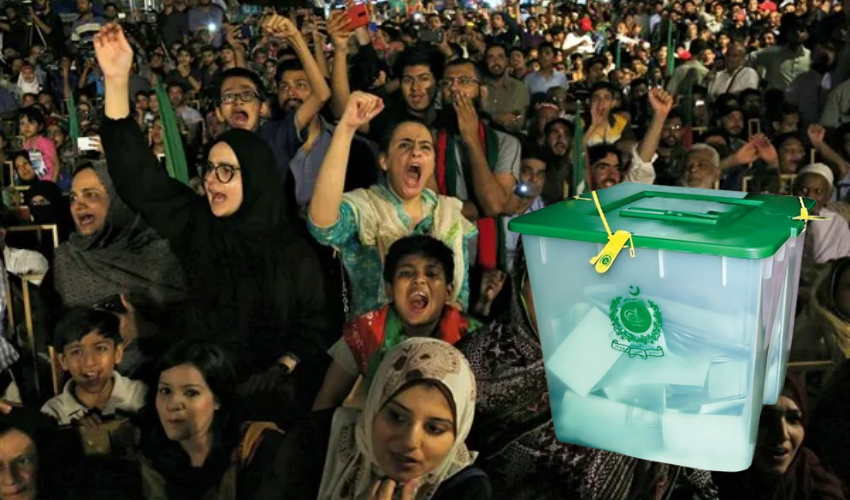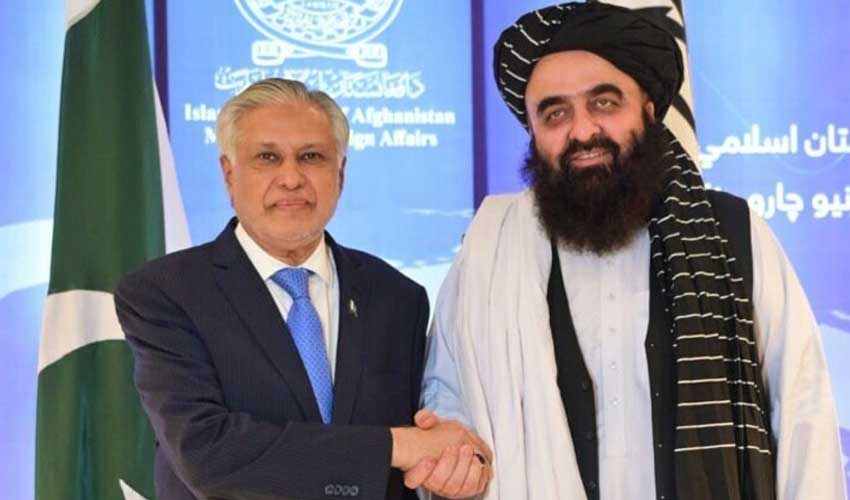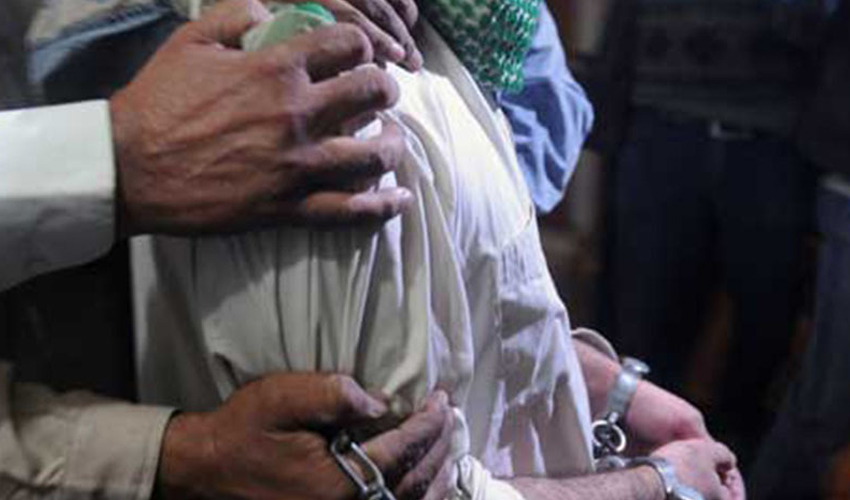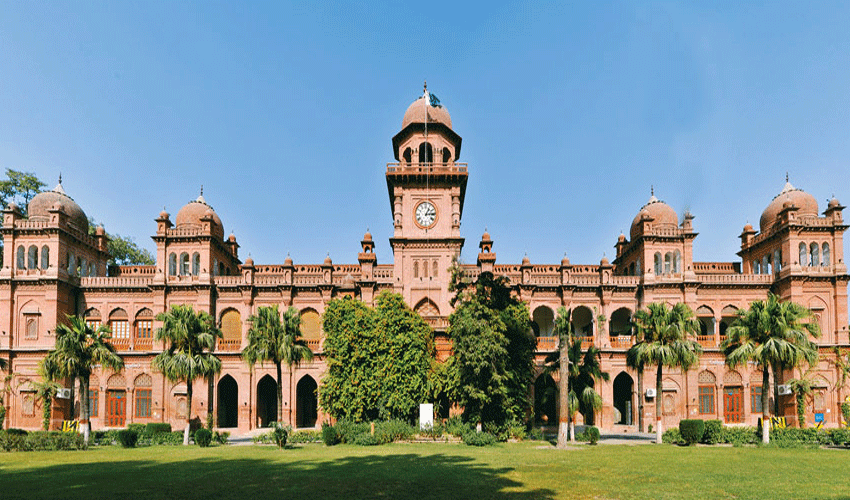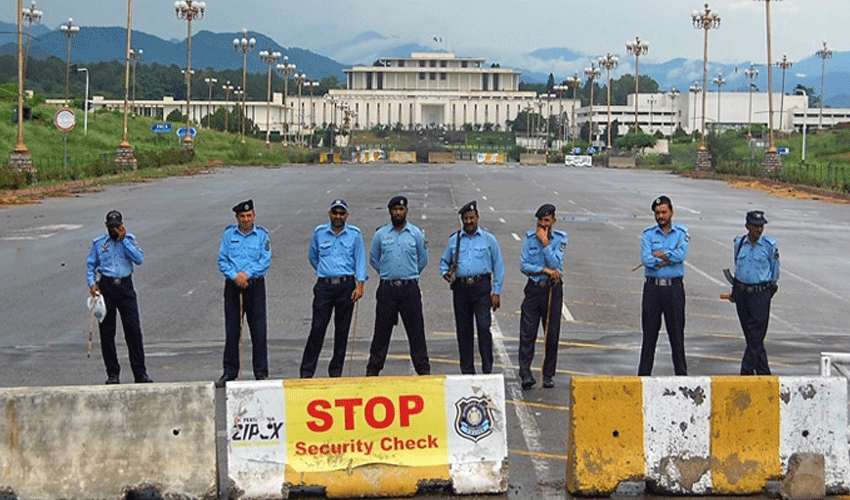Pakistan has been heading towards the general elections on February 8, 2024, with much political pomp and show of political gatherings in smaller towns as well as in the bigger cities along with social media ‘battles’ being fought by youth to express their political trajectory amid a sense of right to cast their vote, so they could be heard well by their future representatives in the legislative national and provincial assemblies. But will they come out and participate in creating maximum voter turnout on polling day—February 8?
The supreme electoral body published the data, according to the list, there are 23.51m voters between the ages 18 and 25 and 33.34m between the ages 26 and 35 years.
Political pundits say the mammoth number of young voters using social media could drive the electorate's mood with a conditionality of appearing on the election polling day.
As per ECP data, the number of young voters has increased to 56.86 million from 46.43 million in 2018, reflecting an increase of 10.42 million in around six years.
Top 3 issues of young voters
Several youth talking to SAMAA Digital list down issues about the young voters and unemployment has been the top issue followed by political and economic stability and state repression from performing political activities from local bodies to the national elections. They urge the future lawmakers to initiate pro-youth policies, creation of wealth environment, launch startup facilitation at division, district and tehsil level, and expansion of job market inside the country.
A student of the government-run University of Lahore said that political parties say a lot about youth in their election sloganeering but a little has been done on the ground to woo young voters. "The exodus to foreign countries is at the peak among young voters. People are fed up with infighting and bleak economic indicators despite the international lenders and friends always showing up with much-needed money to run government affairs. But for how long?
All is not lost yet. as another student commented on condition of anonymity termed youth voters as decisive on the polling day and urged fellow young voters to go and cast their votes to improve the system step by step.
Why do young voters matter?
According to the statistics, Pakistan is the 36th youngest country among the 227 countries of the world and the sixth youngest in Asia while in South Asia, Pakistan is the second youngest country with only Afghanistan having a higher percentage of younger.
| Districts with High Proportion of young voters | |||
| Total voters | Young voters | Percentage | |
| Bajaur | 664,711 | 361,910 | 54.45% |
| North Waziristan | 430,488 | 233,763 | 54.30 |
| Khyber | 638,743 | 338,846 | 53.05 |
| Kohistan (upper) | 75,660 | 39,931 | 52.78 |
| Upper Dir | 590,433 | 307,545 | 52.08 |
Young voter turn-out scenario, impact on elections
As per the Gallup survey report, 30 - 49-year-olds have always had the highest turnout on polling day, a challenge to the young voters, who wanted to change the course of the political landscape of the country but shying away or become too lazy to appear at the polling booths for polling day.
Pakistan Institute of Development Economics (PIDE) Vice Chancellor Dr. Nadeem ul Haque told SAMAA Digital that youth better know there were no better options available in the political field so that’s why young voters are shifting abroad. “Our country is only for old people as young voters have no option from employment to participation in the politics,” he opined.
As per the Gallup Survey, the introduction of politics at the school and education level along with creating a democratic culture and restoring the student unions.
However, political pundits opined that the only scenario in which young voters could make their impact on the post-election landscape, only be achieved by the use of the right to vote in higher turnout choosing their political representatives for the next national assembly and the respective provincial assemblies.
| High Proportion of 18-25 year voters: Top 3 districts in each province | ||
| Province | District | Total |
| Balochistan | Quetta | 153,109 |
| Khuzdar | 61,717 | |
| Kech | 50,035 | |
| Khyber Pakhtunkhwa | Peshawar | 409,753 |
| Swat | 318,260 | |
| Mardan | 315,634 | |
| Punjab | Lahore | 1,153,623 |
| Faisalabad | 898,974 | |
| Rawalpindi | 571,842 | |
| Sindh | Karachi Central | 306,721 |
| Khairpur | 288,862 | |
| Karachi East | 246,406 | |
Several young voters are predominantly present in Quetta, Khuzdar, and Kech in Balochistan, while Peshawar, Swat, and Mardan are top three districts with young voters majority while Lahore, Faisalabad, and Rawalpindi are the top three districts with youth vote (18 to 25). In Sindh Karachi central, Khaiprur and Karachi East are the top hubs and clusters of young voters.
Province-wise data of voters
As per the ECP data, there are 128,585,760 voters including 69,263,704 (53.87%) male voters and female voters 59,322,056 (46.13%).
In Islamabad Capital Territory (ICT) there are 1,083,029 voters including 568,406 male voters (52.48%), and 524,623 female voters (47.52%).
Meanwhile, in Balochistan, there are 5,371,947 voters including 3,016,164 (56.15%) male voters and 2,355,783 (43.85%).
In Khyber Pakhtunkhwa, there are 21,98,119 voters including 11,944,397 (54.47%) male voters while 9,982,772 (45.53%) female voters.
Moreover, in Punjab, there are 73,207,896 voters including 39,122,082 (53.44%) and 34,085,814 (46.56%) female voters.
In Sindh, there are 26,994,769 voters including 14,612,655 male voters (54.13%) and 12,382,114 female voters (45.87%).
Read More:
Pakistan’s electoral power: Road to a robust 2024 voters list
Elections 2024: Socioeconomic factors and women’s participation
Elections 2024: PML-N issues winning horses list for NA constituencies
Number of registered voters in Punjab has risen by 11.637m since 2018
Number of registered transgender voters increases





